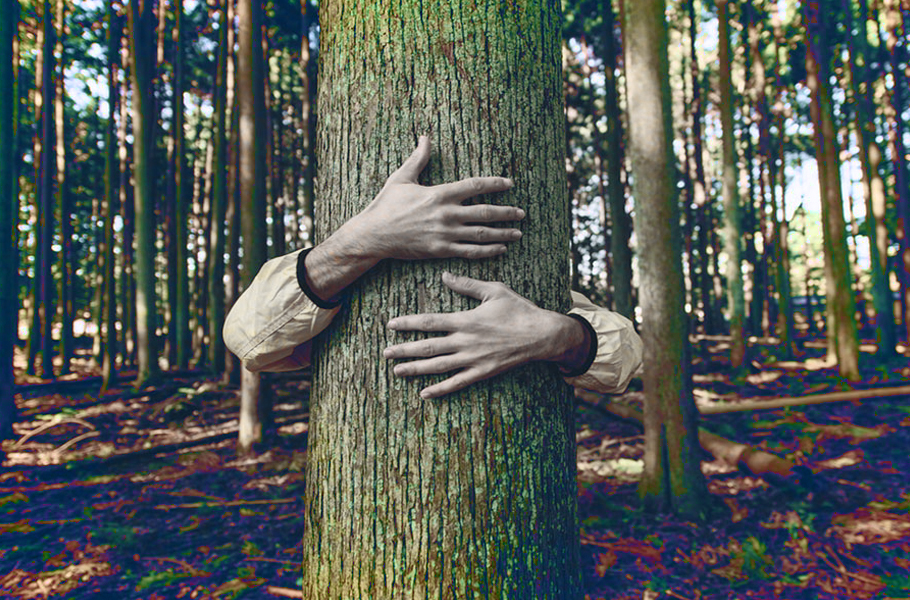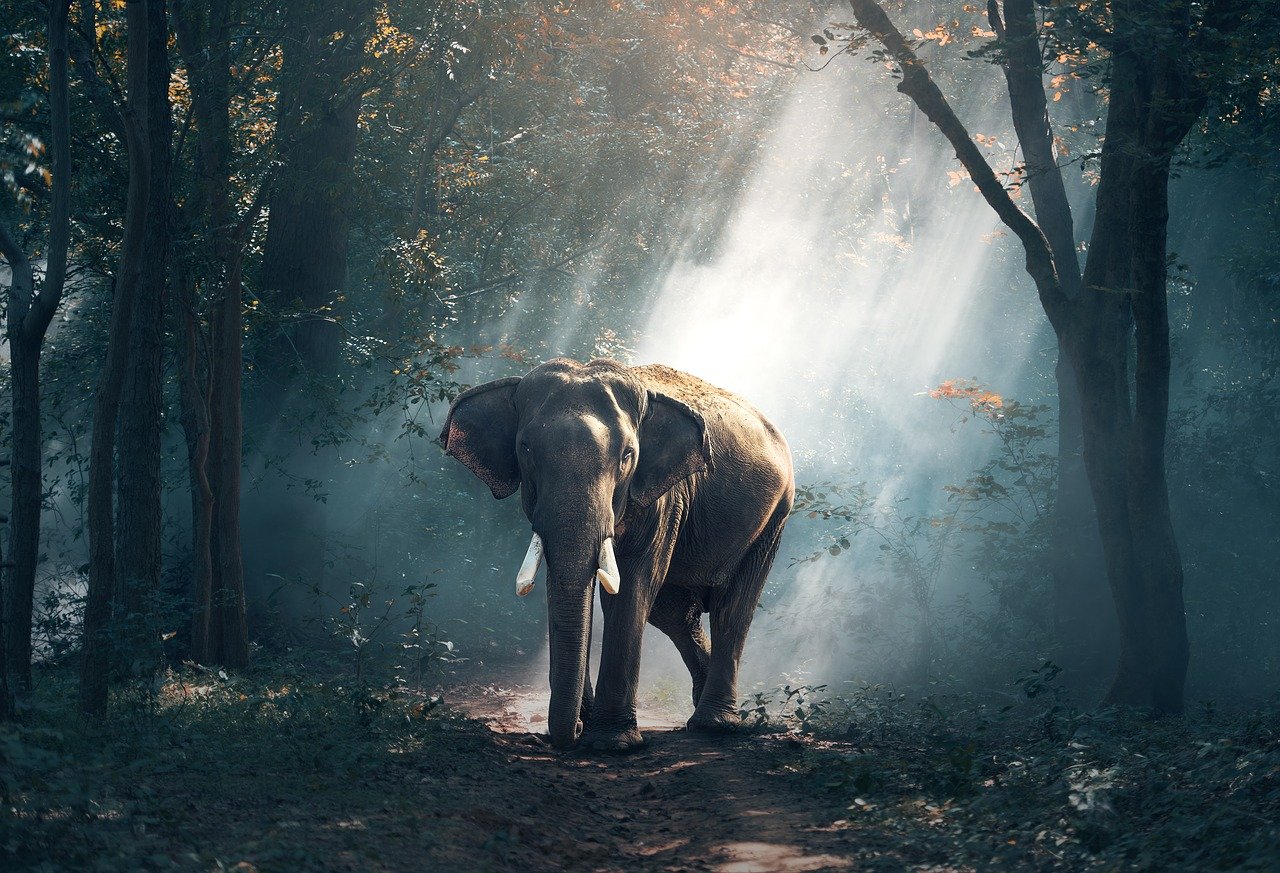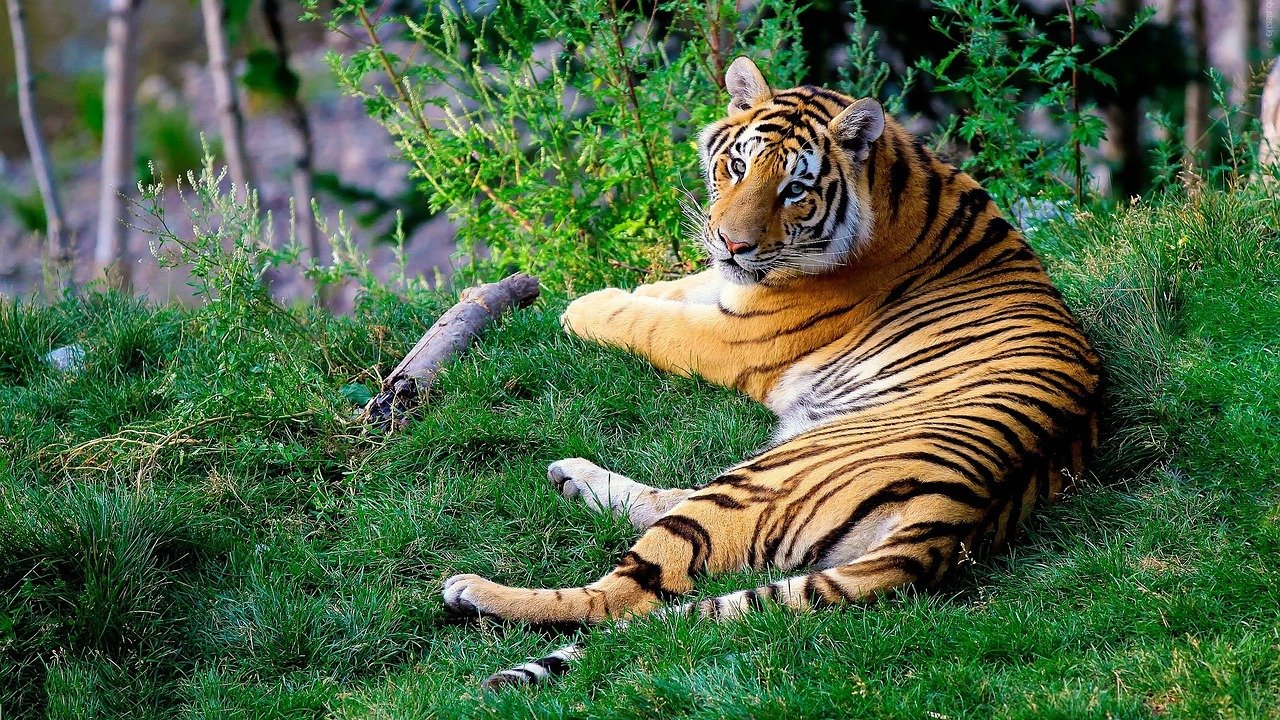
- Home
- News
- Analysis
- States
- Perspective
- Videos
- Education
- Entertainment
- Elections
- World Cup 2023
- Features
- Health
- Budget 2024-25
- Business
- Series
- NEET TANGLE
- Economy Series
- Earth Day
- Kashmir’s Frozen Turbulence
- India@75
- The legend of Ramjanmabhoomi
- Liberalisation@30
- How to tame a dragon
- Celebrating biodiversity
- Farm Matters
- 50 days of solitude
- Bringing Migrants Home
- Budget 2020
- Jharkhand Votes
- The Federal Investigates
- The Federal Impact
- Vanishing Sand
- Gandhi @ 150
- Andhra Today
- Field report
- Operation Gulmarg
- Pandemic @1 Mn in India
- The Federal Year-End
- The Zero Year
- Premium
- Science
- Brand studio
- Home
- NewsNews
- Analysis
- StatesStates
- PerspectivePerspective
- VideosVideos
- Entertainment
- ElectionsElections
- Sports
- Loading...
Sports - Features
- Budget 2024-25
- BusinessBusiness
- Premium
- Loading...
Premium

Nature calls for bonding not lockdown and distancing
Amid the Covid-19 pandemic when humans have imposed lockdown and are maintaining social distancing, nature and wildlife seek bonding with them.

As the second, and much severe, wave of Covid-19 sears through Indian cities and towns, nature must be heaving a sigh of relief. No more tourist pressures on sanctuaries or national parks (as many of these have been shut down already), no more encroachments and daily trespasses in our fragile forests, more breathing space to the wildlife: or so the purist at heart would like to...
As the second, and much severe, wave of Covid-19 sears through Indian cities and towns, nature must be heaving a sigh of relief. No more tourist pressures on sanctuaries or national parks (as many of these have been shut down already), no more encroachments and daily trespasses in our fragile forests, more breathing space to the wildlife: or so the purist at heart would like to believe.
Of course, the purist would be wide off the mark, if not altogether wrong, as he normally is. Nothing can live in isolation, especially not the kind of nature which we have “cultivated” assiduously over the decades.
The protective cloak thrown over the forests by stringent laws, buttressed by Supreme Court interventions that led to stricter governance of tiger reserves and sanctuaries, has resulted in unforeseen repercussions.
While on one hand, more controls over the forests have resulted in significant increase in the number of tigers and other wildlife—a welcome sign undoubtedly—it has also made the future of forests and their denizens heavily dependent on human intervention.
Not a healthy state of affairs, one may argue. As well-known wildlife activist and environmentalist Belinda Wright, who heads the Wildlife Protection Society of India (WPSI), puts it, the “over protection” of our forest and natural resources have had several unintended and unenviable results. In fact, such is the symbiotic relation developed between humans and the forests that any decoupling of the two will adversely affect the jungles and their inhabitants.
The ongoing pandemic is beginning to skew the balance between humans and forests.
To understand the scenario caused by Covid-19, consider this example: a well-nourished teenager, who has been made overtly dependent on his parents, is thrown out on the streets one day, asked to fend for himself. For how long do you think he will survive outside of the protective cocoon?
Over-stretched forest staff
The same is true for India’s forests. The pandemic has profoundly disturbed the connection between the protector and the protected.
Digvijay Singh Khati, who recently retired as Uttarakhand’s Principal Chief Conservator of Forests (PCCF), candidly admits that the pandemic has ruptured the already stressed resources of forest staff whose primary job is to protect the flora and fauna.
“As it is,” says Mr Khati, “a majority of our forest staff survives on meagre salary and resources. Many of our forest guards are stationed 30-40 kilometres inside the jungle, away from towns. With the pandemic making even normal travel difficult, the movement of the forest staff for patrolling and related activities, (which is) absolutely important for the protection of jungles and animals, also gets impacted.”
The lack of adequate patrolling, it’s feared, would cause havoc in the wildlife. A senior forest official pointed out, on condition of anonymity, that already there has been a jump in the poaching of smaller animals—deer, wild boars and such—at several places bordering national parks and sanctuaries.

Right now, these seem to be incidents of ‘pot hunting’, necessitated by curtailment of livelihood opportunities for a large number of people, not just in the cities but in smaller towns as well.
What if the pandemic continues for long? Today it’s the deer and jungle fowl, tomorrow it can be worse. After all, a tiger skin or elephant tusk command a huge price in Indian and international markets.
Fostering a fresh relationship with forests
While the threat of poaching at a bigger scale looms large, the pandemic has also given us a new perspective to view our relationship with the forest.
Acclaimed naturalist Imran Khan, who has been observing the picturesque Corbett Tiger Reserve in the foothills of Himalayas in Uttarakhand, is convinced that the assault by coronavirus will force people to look at the forests with a new-found respect.
“At one time,” says Khan, “nobody imagined that drinking water could be sold. But now it is, in every nook and corner of the globe. At one time, everybody took supply of fresh air as granted. The rising air pollution forced us to change the view point. I believe the ongoing pandemic will make us look at forests, the providers of fresh air, with lot more respect and reverence.”
Debunking the “stress” hypothesis
This may well be the time to upend another unfounded belief, now taken as a gospel truth, that excessive tourism created stress among the wild animals and the pandemic, leading to the notion that “freeing up” of forests of human pressure would be good for wildlife. Nothing could be farther from the truth.
Khati, an expert on the matter, has an interesting take on this. Glucocorticoids, he says, are stress hormones in a tiger, and they in turn get affected by the presence of humans in the vicinity.
In fact, there are scientific studies indicating lower levels of glucocorticoids in tigers during the closed season, when tourists are not permitted inside national parks, he adds.
So fewer people is actually good for the tiger, and presumably for other wildlife too, right? Not necessarily. In fact, the reduced level of glucocorticoids play very little role in the overall health of tigers, insists Khati.

And this is how Khati, who has spent managing the forests and wildlife of Uttarakhand for well over three decades as an Indian Forest Service (IFS) officer, busts the myth surrounding the stress hormones in the wildlife: “The last four estimates of tiger population in India show their constant rise. This proves that tourism is not as lethal for tigers as concluded in these studies (concerning the stress hormones).”
“If the presence of humans around them did lead to a much higher production of stress hormones in tigers, then zoos all over the world would not have had any tiger in their enclosures. This is because, owing to limited space in zoos and constant stream of visitors throughout the year, the tigers in the enclosures ought to be stressed out to a dangerous point. But that is not the case. Tigers in zoos are breeding well, producing litters, and surviving more there than in the wild!”
A bond best left unbroken
Writing in his autobiographical masterpiece Travels with Charley, John Steinbeck mentioned an incident when, travelling through California’s Mojave desert one day, he found two coyotes—considered vermin and therefore licenced to be killed en masse all over the United States—within easy reach of his telescoped rifle.
But at the last minute, Steinbeck loses heart, puts down his rifle and drives away after offering two cans of dog-food to the coyotes.
And this is how he summed up his thoughts: “Then I remembered something I heard long ago that I hope is true. It was an unwritten law in China, so my informant told me, that when one man saved another’s life, he became responsible for that life to the end of its existence. For, having interfered with a course of events, the savior could not escape his responsibility. And that has always made good sense to me. Now I had a token responsibility for two live and healthy coyotes. In the delicate world of relationships, we are tied together for all time.”
In India, the relationship between people and forests goes much further back in time than Steinbeck’s encounter with the coyotes half a century ago.
So far this connection has remained strong, if not rock solid. But now that the lethal virus has started breathing down our necks, creating unprecedented mayhem, one can’t be too sure what will happen at the next bend of the road.

